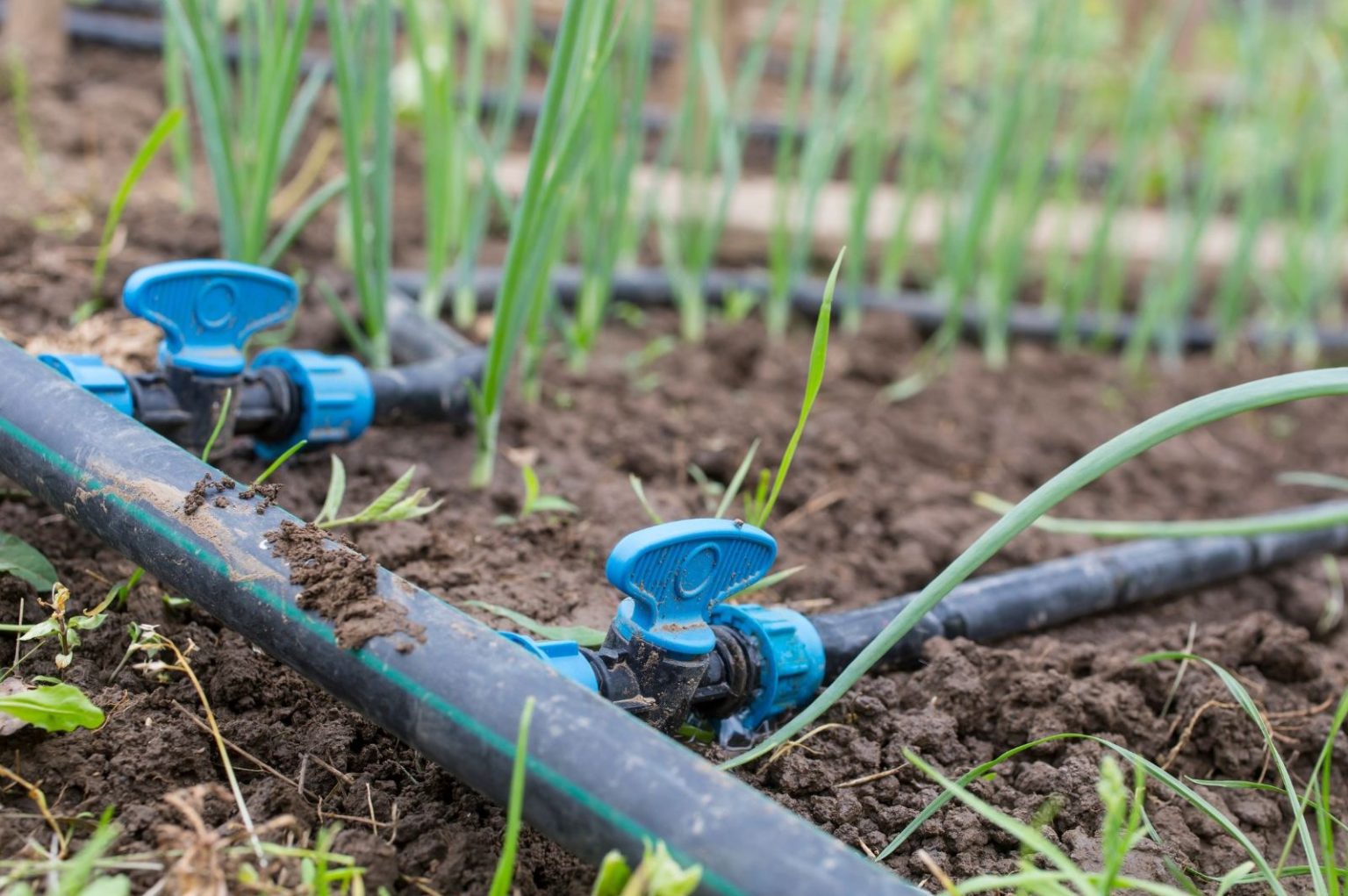
What are the top components that you need when installing a drip irrigation system?
Over the years, drip irrigation systems have become increasingly popular for their efficiency and effectiveness in watering plants, trees, and hedges.
With the growing need for smart water management for healthy and thriving vegetation, drip irrigation offers a solution that saves water and ensures proper hydration. Since it delivers directly to the plants’ roots, this method reduces evaporation and minimizes weed growth.
However, if you are considering installing a drip irrigation system, you need to clearly understand the components that you need for the system to work effectively. This ranges from the tubing, fittings, emitters, and pumping system.
Tubing: The Backbone of the System
This is one of the most essential components of the system. It serves as the backbone, carrying water from the water source to the plants. It can either be PVC pipe or polyethylene tubing.
Typically, PVC systems are used in larger-scale applications, while polyethylene tubing is mainly used for home gardening.
Fittings: Connecting and Controlling the Flow
Fittings serve the role of connecting the tubing and controlling the flow of water in a drip system. They allow for the system to be customized and expanded, providing greater efficiency and flexibility.
A compression fitting is used for connecting 1/2-inch tubing. The tubing is inserted into the fitting and held in place by a sharp edge angled towards the inside of the fitting. They can withstand high pressures of up to 50 psi, although keeping the pressure below 25 psi is recommended for optimal performance.
You can use adapters for connecting to unthreaded PVC.
Emitters: Delivering Water to the Plants
Drip emitters are responsible for delivering water to the plants at a controlled rate. You can use different types of emitters such as soaker hoses, drippers, or micro-sprayers.
Your choice depends on factors such as the soil conditions, water requirements, and type of plants. The emitters are ideal for most vegetable gardens, hedges, trees, and hanging baskets, as they have a low discharge rate and maintain a longer watering cycle.
Micro-sprays are ideal for low-volume, overhead irrigation. They are best for ground covers and plants that require some humidity. On the other hand, bubblers are mainly used for trees and shrubs, as they have a higher discharge rate and shorter watering cycles.
Filters: Keeping the System Clean
Filers prevent particles and debris from clogging the emitters and causing damage to the system. There are two types of filters that you can use.
Disc filters
Screen filters
Disc filters are installed after the backflow prevention valve and before the pressure-reducing valve. They are recommended for larger systems as they can withstand constant high pressure for extended periods.
Screen filters are used for smaller applications to remove sediments and debris, although they can also be used with larger filters with stainless steel screens for more demanding tasks.
Pressure Regulators: Controlling Water Pressure
Water pressure regulators maintain consistent and optimal water pressure and prevent excess pressure from damaging the system. Generally, the pressure inside the drip lines should range from 10 to 30 psi for optimal performance, although it can be higher, especially in large-scale applications.
Backflow Prevention Valve: Protecting the Water Supply
A backflow prevention valve helps in preventing the backflow of non-potable water supply, especially in elevated or slanting gardens.
Air Release Valves: Preventing Air Intake
These valves are essential in preventing air intake into the system and protecting the emitters from possible damage. Besides, they prevent the drippers from sucking in air and soil particles when the water drains out and reduces potential cases of airlocks and uneven water distribution.
Wire Pegs and Adaptors
Wire pegs secure the different types of drip lines in place, preventing the tubing from moving or becoming dislodged due to temperature changes or other factors. Stake the tubing at least every 2 or 3 meters to ensure stability.
Adaptors are used to connect different pieces of drip irrigation tape and are highly useful when repairing or extending the system.
Maximize Your Performance with MAzero Drip Irrigation Systems
Are you ready to revolutionize your farming operation? Get started with Mazero’s high-quality drip irrigation systems components today.
Maximize your water efficiency, minimize labor, and boost crop yields with our state-of-the-art technology.
Join the ranks of successful farmers using Mazero’s innovative solutions.
Discover the power of Mazero drop irrigation systems and powerful components. Contact us today to inquire more or place your order
#SustainableFarming #MaximizeYields

